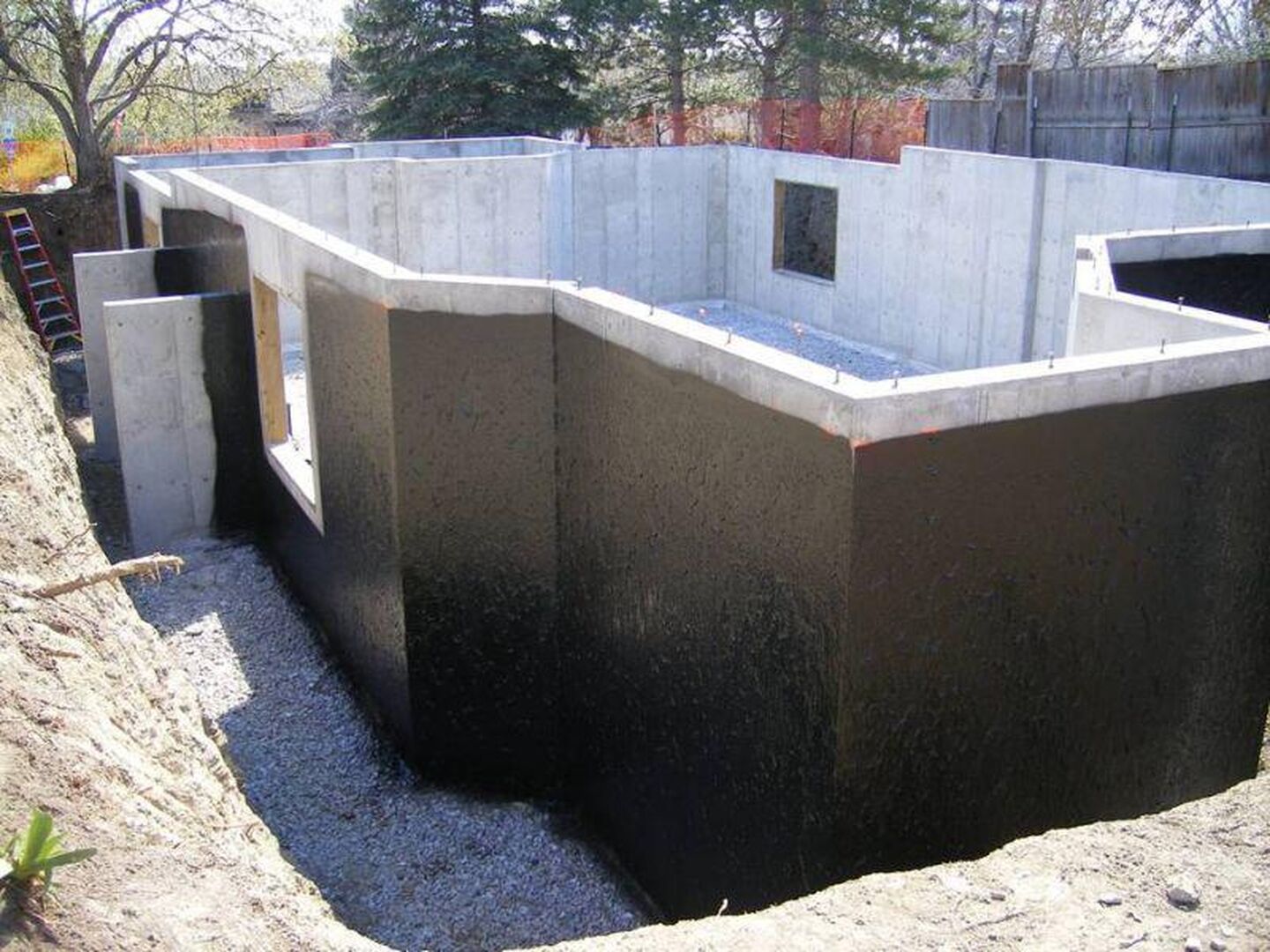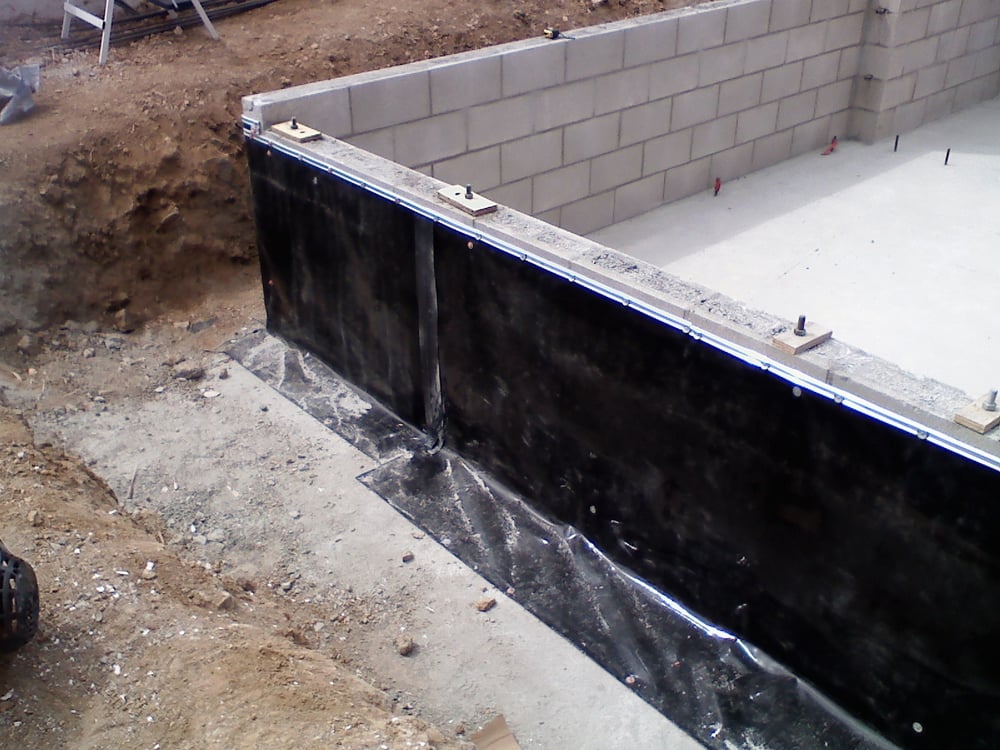Signs You Need a Drainage & waterproofing company Omaha Before It’s Too Late
Sorts of Waterproofing: Exploring the Various Techniques and Their Applications
Waterproofing is a crucial element of construction and maintenance. It safeguards frameworks from the harmful impacts of water damages. There are a number of methods available, each with its one-of-a-kind applications and benefits. From membrane layer systems to cementitious services, comprehending these options is important for reliable implementation. The choice of waterproofing method can greatly impact longevity and long life. Discovering these different strategies exposes their unique advantages and prospective challenges, triggering further consideration of ideal services.
Membrane Waterproofing Equipments
Membrane waterproofing systems work as an essential barrier against water invasion in numerous structures. These systems usually contain thin sheets made from products like rubber, polycarbonate, or asphalt, which are applied to surface areas to avoid moisture infiltration. They can be installed above or below grade and are particularly effective in locations vulnerable to high water exposure, such as cellars, roof coverings, and foundations.The installation procedure involves cleaning up the substratum, applying adhesives or guides, and specifically suitable the membrane layer to ensure full protection. Membrane layer systems can be either fully adhered, mechanically connected, or laid loose, depending on the specific demands of the task. They offer sturdiness and adaptability, suiting architectural motions without jeopardizing their waterproofing capabilities. Moreover, these systems can be reinforced with extra layers for boosted defense. Ultimately, membrane waterproofing systems are essential for protecting structures versus water damages and preserving long-lasting honesty.
Liquid-Applied Waterproofing Coatings
Liquid-applied waterproofing finishings offer a versatile service for protecting surfaces from water infiltration - Sump pump installation & replacement Omaha. These coverings include fluid products that, when used, develop a seamless, flexible membrane. Their flexibility enables application on different substratums, including concrete, metal, and timber. The layers can be utilized in diverse environments, from domestic to commercial setups, making them suitable for roofings, foundations, and below-grade structures.One significant advantage of liquid-applied layers is their ability to adapt to uneven shapes and penetrate fractures, producing a durable barrier against moisture. They typically exhibit superb attachment buildings and resistance to UV radiation, ensuring longevity and durability. In addition, the application process is generally uncomplicated, enabling quick installment and decreased labor costs. This method also minimizes the risk of water pooling, as the continual layer effectively routes water far from vulnerable locations. On the whole, liquid-applied waterproofing finishes are an effective selection for thorough water security
Cementitious Waterproofing Solutions

Cementitious waterproofing services offer a robust choice for frameworks needing dependable wetness protection. These systems mainly use a mix of cement, sand, and chemical additives to create a water resistant barrier. They are usually related to surfaces such as concrete walls, foundations, and floorings, offering a durable, lasting protection against water intrusion.One of the crucial advantages of cementitious waterproofing is its ease of application; it can be used using a brush, roller, or spray, making it suitable for different task sizes. Additionally, this approach works with numerous surface areas and can usually be utilized in conjunction with other waterproofing techniques.Cementitious options are particularly efficient in settings where water direct exposure is a worry, such as basements or below-grade structures. Their outstanding adhesion residential or commercial properties my site ensure that they bond well with substrates, supplying a strong and impermeable layer versus moisture infiltration.
Bentonite Waterproofing
Bentonite waterproofing is a highly efficient approach that uses salt bentonite clay to produce an all-natural barrier against water. This strategy makes use of the unique residential properties of bentonite, which expands upon contact with water, securing any kind of prospective leakages and protecting against wetness seepage. It is generally used in various applications, consisting of structure walls, tunnels, and preserving walls, where water resistance is essential.Bentonite can be used in a number of forms, such as panels or blankets, supplying convenience in installation. Its capacity to self-seal makes it an eye-catching alternative for areas based on moving dirt or rising and falling water levels. Furthermore, bentonite waterproofing is ecologically pleasant, as it is an all-natural product that does not introduce hazardous chemicals right into the environments.
Drainage and Outside Waterproofing Equipments
Effective waterproofing usually includes a get redirected here mix of techniques, including drainage and exterior systems. Water drainage systems, such as French drains pipes and sump pumps, are made to redirect water far from structures, minimizing hydrostatic stress versus structures. These systems are vital in stopping water accumulation that can result in architectural damages and mold and mildew growth.External waterproofing, on the various other hand, includes applying protective obstacles to the structure's exterior. Methods such as the installment of waterproof membranes, layers, or sealants can assist stop water infiltration. This method not just shields the foundation but additionally boosts the general toughness of the structure.Together, drain and outside waterproofing systems form a complete service to manage water effectively. By executing these strategies, residential property owners can secure their investments versus the destructive effects of dampness, ensuring lasting stability and safety and security for their structures.
Often Asked Questions
Just how Do I Select the Right Waterproofing Technique for My Job?
Selecting the best waterproofing approach relies on variables such as project type, ecological problems, spending plan, and preferred durability. Reviewing these aspects enables educated decisions customized to specific requirements and demands.

Can Waterproofing Be Applied in Winter Issues?
Waterproofing can be applied in cold weather condition problems, but it calls for specific materials and techniques. Cold temperature levels might affect treating times and adhesion, demanding mindful option of items developed for low-temperature application.
What Are the Typical Indications of Waterproofing Failure?
Usual indicators of waterproofing failing consist of noticeable water spots, peeling off paint, wet smells, mold development, and cracks in walls or structures. Landscape drainage Omaha. These indications recommend that moisture is penetrating the obstacle, compromising its effectiveness
The Length Of Time Does Waterproofing Last Prior To Needing Upkeep?
The longevity of waterproofing differs, generally lasting between 5 to one decade. Aspects such as worldly quality, environmental problems, and maintenance techniques influence its sturdiness, demanding routine inspections to assure effective security versus water waterproof liquid for cement breach.
Exist Eco-Friendly Waterproofing Options Available?
The concern of environment-friendly waterproofing choices reveals an expanding rate of interest in lasting products (Basement waterproofing Omaha). Numerous all-natural compounds, such as plant-based sealers and recycled products, supply efficient remedies while decreasing ecological effect, attracting ecologically conscious consumers